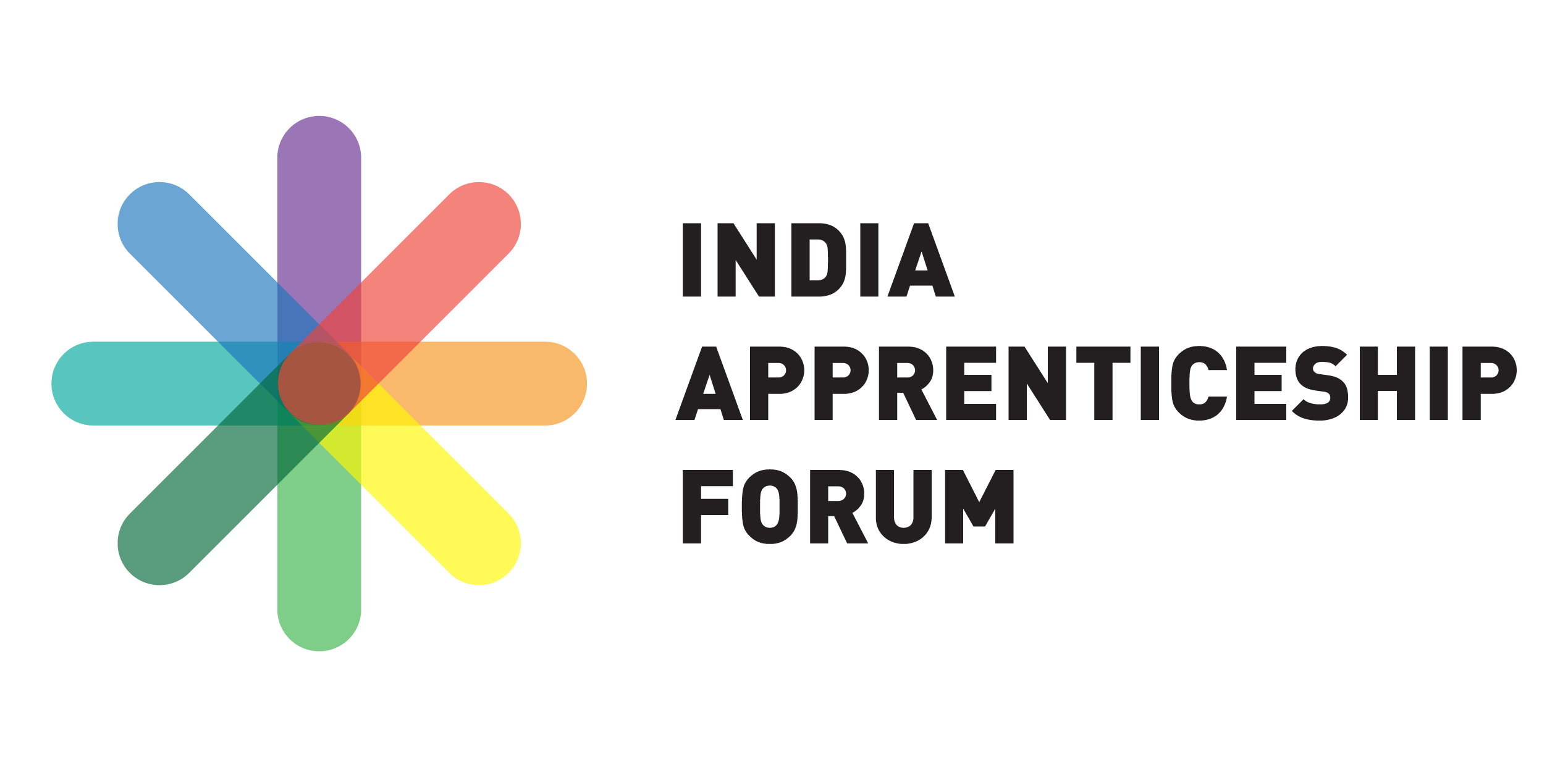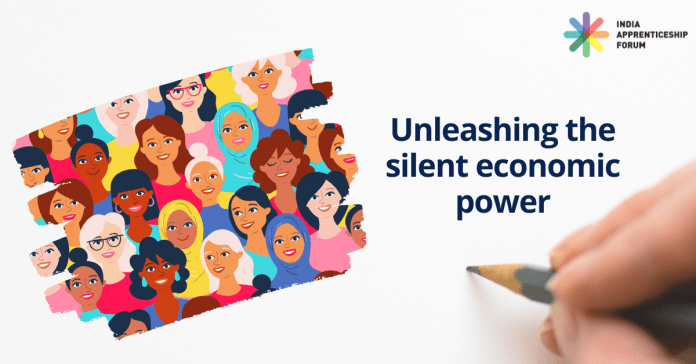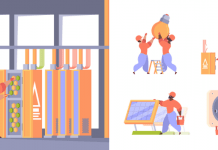All good intentions to make India the ‘Skills Capital of the World’ and to reap the benefits of skills-based economic development will fall flat if almost half of its population is not fully engaged in the workforce.
The saying ‘the hand that rocks the cradle’ has enormous economic connotations for India’s ambitions towards an inclusive workforce. The benefits of skilling and empowering Indian women amounts to a staggering 27% increase in GDP. The imperativeness of skilling Indian women across all levels is an ‘absolute no brainer’ according to International Monetary Fund’s chief Christine Lagarde.
We take a fresher look at the pivotal role of vocational skills training for Indian women.
Read our earlier blog: Are Apprenticeships and Vocational Training Equal Opportunity Providers?.
Women participation in the Indian workforce, both in the formal and informal economy dipped from 35% in 2005 to 26% in 2018, even as the economy grew twofold in that period along with a 25% increase in the number of working-age women. The Economist calls it the ‘missing 235 million.’
Economy Missing Out – The Facts
Whilst India bemoans a lack of skilled workers across services and manufacturing, Indian women remain largely sidetracked. The economic arguments for skilling women across the skills pyramid are indisputable and hard-hitting.
- India currently languishes at rank 120 of 131 countries in female labor force participation rate (FLFPR). The impact of gender parity in the Indian workforce can potentially add $770 billion of additional GDP (a 27% increase) by 2025.
- Indian women currently contribute 17% to GDP (as against 40% in China), less than half the global average.
- Women made up a mere 27% of the workforce in 2017 in India. Between May-August 2018, the FLFPR nose-dived to 10% according to the Centre for Monitoring Indian Economy. In other words, men have taken 90% of the 36 million new jobs created in India since 2015.
Women A Vulnerable Group
The reasons for the low participation of women in the Indian workforce are complex. Besides societal expectations of how a woman should be spending her time, a lot more women-focused interventions are needed in the various skilling initiatives at play. Policymakers and industry need to create targeted skilling and work opportunities for women as the challenges faced by women are different from those of men. An Oxfam report ‘Mind The Gap – State of Employment in India- published in March 2019 states, “Women workers most vulnerable in the unequal Indian jobs market.”
Threat from Automation
Nearly 12 million Indian women could be staring at job losses arising from automation by 2030 states another McKinsey Global Institute report. Sectors such as agriculture, warehousing, and fisheries are among a host of other labour-intensive sectors both in manufacturing and services where Indian women face the greatest threats from automation. The solution is to re-skill and up-skill and herein lie the opportunities. For instance, the McKinsey report states that by 2030 the India economy will add 23 million more jobs for women in manufacturing, construction, and healthcare even as women experience a 28% job loss in subsistence agriculture which currently employs more than 60% of the country’s female workforce.
Ergo, the need of the hour is to accelerate the spadework for skilling women. The transition of women from farming to non-farming professions will require a concerted and targeted effort to skill women for higher ability jobs. Mckinsey believe up to 11 million Indian women will experience an occupation shift. And arming this new-age Indian women workforce with relevant skills is the only way to support this transition.
Partial Automation in Some Sectors
The Mckinsey report further explains that a key difference in predicted job losses for men and women is that existing jobs for women are at risk of partial automation in certain sectors. Indian women are more visible in clerical support functions, in healthcare (such as nursing) and social assistance. Machine operators, on the other hand, are mostly men. Hence women are less vulnerable to complete job loss from automation. The sectors holding the most promise for women are healthcare and related support services, retail, manufacturing, and wholesale trade. The biggest challenge will be to raise the education level of Indian women to a minimum secondary level, (especially for women hitherto in the farming sector) and to skill or re-skill to become relevant to the labour market. In essence, education and vocational training need to go hand-in-hand.
Also Read: Germany GIZ to Collaborate with ITI; Skill India Mission Targets Women
Public Private Opportunities
There is an enormous opportunity for industry, government and social enterprise to leverage the economic power that women can unleash. From CSR programmes, government skilling schemes to targeted interventions by corporates to bring more women into the workforce; vocational skilling of women can break down a bastion of convention making way for sweeping changes where Indian women gain their rightful place as an integral part of the formal workforce.














